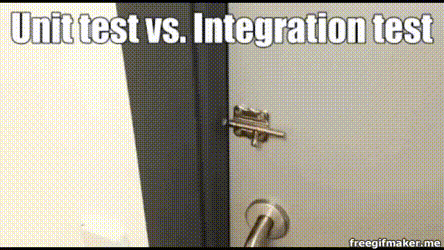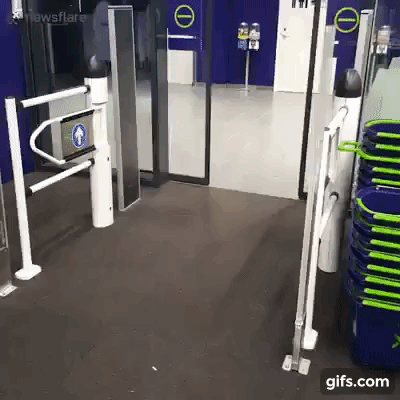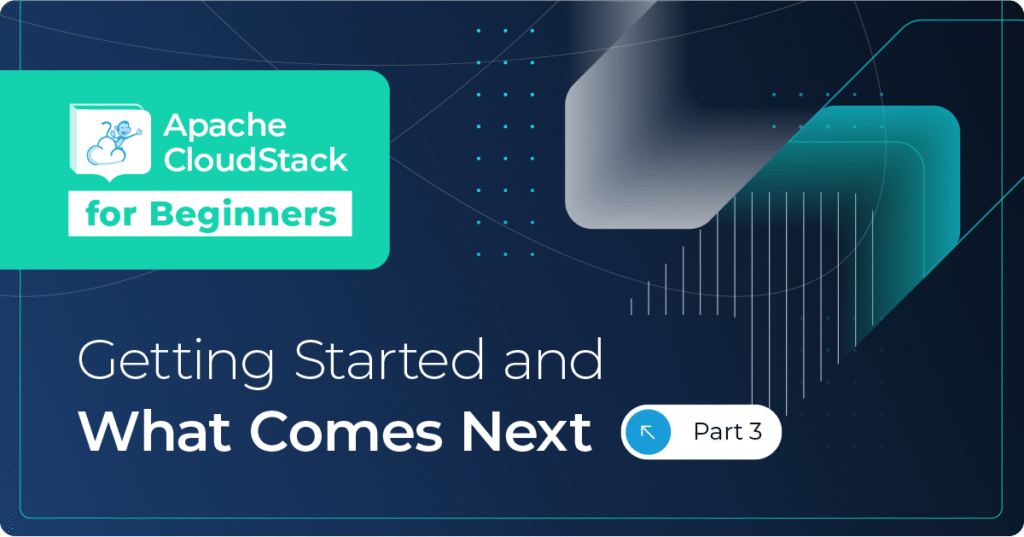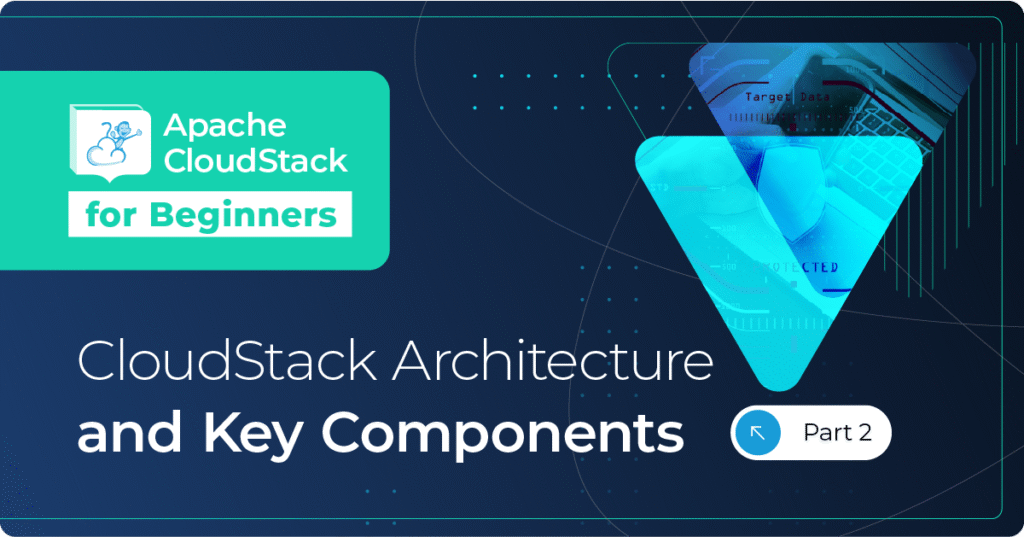Integration testing – What it is and why SDLC needs it.
What is Integration testing? This is a type of testing where multiple components are combined and tested working together. There are different aspects of integration testing depending on the project and component scale, but usually it comes down to validating that different modules can work together and / or independently. This type of testing drives one out of the tunnel vision one could develop while working on a complex task and gives feedback how the work integrates with rest of the system.

Integration testing in CloudStack
Integration testing in CloudStack is done using a python-based testing framework called Marvin. Marvin offers an API client and a structured test class model to execute different scenarios. Written in python, each CloudStack test class focuses on different functionality and contains multiple test cases to cover its features. Separated by the product severity within the /test/integration directory there are two separate sub-directories: smoke and component (https://github.com/apache/cloudstack). Smoke tests are focused only on the main features and most severe functionalities they offer, while component tests go deep into each feature and executes more detailed tests covering more corner cases.
What is the benefit of these tests?
Over the years, our so called “Marvin tests” have proven to be really valuable for validation of pull requests, release testing and other testing scenarios, saving hours of manual validation and testing. It’s also mostly agnostic to hypervisor, storage and networking, meaning it can be executed against different types with relatively the same success rate. The Marvin test pack comes with wide range of coverage for different hypervisor / plugin / network / storage, and other specifics.
Downside
Tests need maintenance – and lots of it. As the code base changes, the Marvin tests also need attention. Execution time is also worth mentioning here. Usually it takes on average about a day to complete a single component test run, while the best performing KVM tests can take about 8 hours. Marvin tests are usually very complex and rely on multiple components working together. They normally create a network and deploy a VM in it, within which they can work out the scenario. This is time consuming and different hypervisors perform differently.
Marvin
The Marvin test library comes out of the project and can be installed as a python package. When installed, it will require a running management server and a config file. The management server will be the API endpoint or test subject where all test scenarios will be executed, and the config file will contain all environment related details that are required (more info here: https://cwiki.apache.org/confluence/display/CLOUDSTACK/Marvin+-+Testing+with+Python#Marvin-TestingwithPython-Installation). Marvin comes with several utilities that can be used while writing a test (eg., utilities for deploying a VM or creating a network), plus a large amount of test data to use and more. It also uses API documents to auto-generate its API references, so whenever you create a new API when building the Marvin package, it will automatically create an API reference, and the new API will be usable.
What’s new with Marvin
It’s fair to say that not much has gone on in the /marvin directory over the last couple of releases, but there’s a lot being done in terms of maintenance and new tests. Most new features in the latest releases of CloudStack come with a few Marvin tests to cover them. There were also great initiatives around 4.9 and 4.11 releases to fix the smoketests and make them healthier for the future. There are 300+ commits in the /test directory since the start of 4.9.
It’s always been time consuming to gather results for a certain code change quickly enough, and that’s why a new test attribute was introduced called ‘quick-test’. It aims to deliver quick results to the developer and help determine if their code is good enough to continue, or if further testing is required. Code changes can be found here: https://github.com/apache/cloudstack/pull/2209. Within the same PR, there’s further segmentation that goes through all the files under /test/integration/ and adds categories in each different file. For example, if a you want to test deployment of VMs, you can just execute label ‘deploy-vm’ and it will go through each file and search for test with the same attribute. This allows users to do further regression testing in combination with other components being tested at the same time.
About the author
Boris Stoyanov is Software Engineer in testing at ShapeBlue, the Cloud Specialists. Bobby spends his time testing features for the Apache CloudStack Community and for ShapeBlue clients.
Boris is a QA Engineer who found his ikigai in Apache CloudStack. Since 2016, he has been involved in testing CloudStack working for ShapeBlue. Boris is also usually driving forward a lot of community initiatives like the GSoC. In his free time, he enjoys hiking, boxing and other sports. Boris is a father of two young girls and spends most of his time on family activities.






